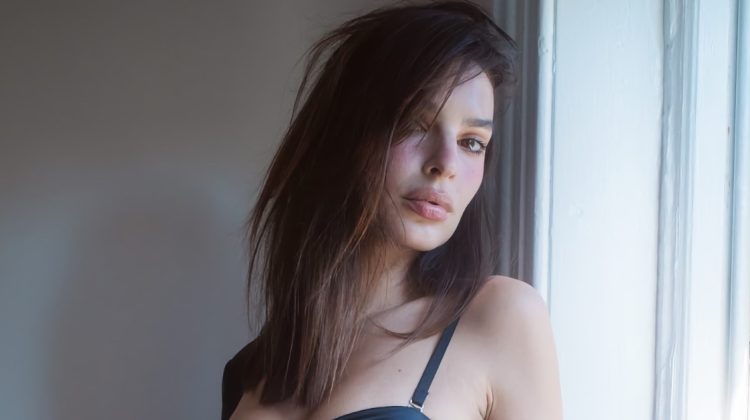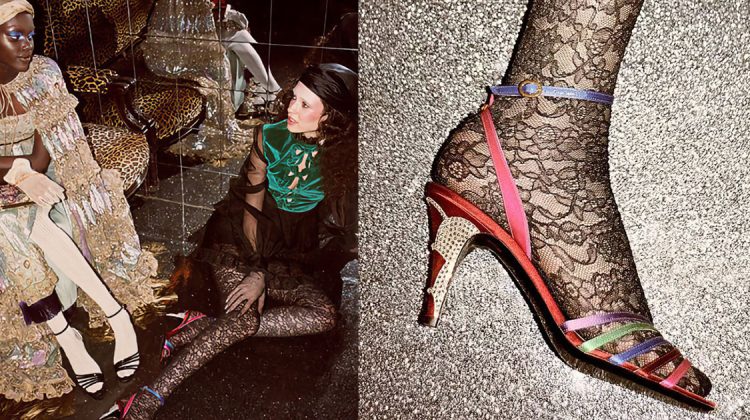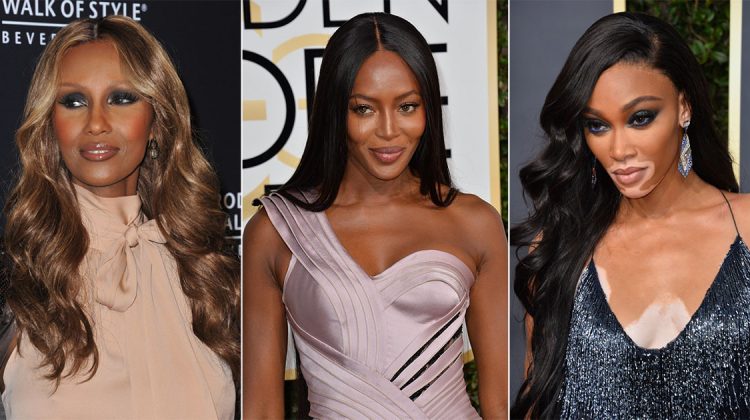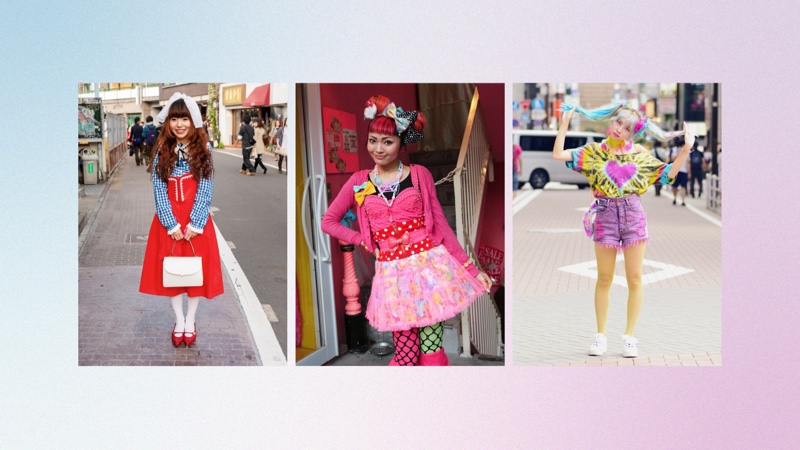
Harajuku fashion is a vibrant street style that originated in the 1980s in Tokyo’s Harajuku district, emerging as a rebellion against traditional Japanese dress codes and societal norms.
The Harajuku aesthetic is known for its playful mix of colors, patterns, and textures. It embraces diverse subcultures and styles, allowing for personal expression through unique and often handmade or customized outfits.
Harajuku Fashion Styles and Subcultures
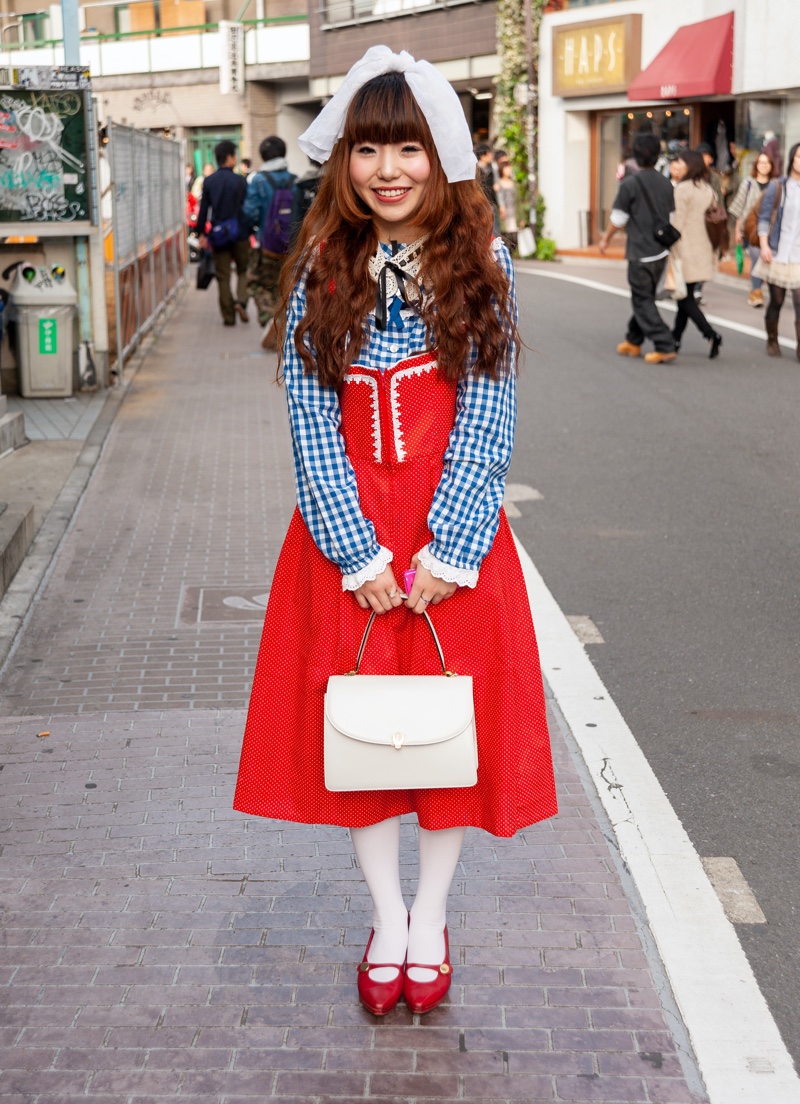
Globally, the Harajuku fashion aesthetic is distinct and eclectic, incorporating a wide range of influences, from sweet Lolita looks to edgy punk-inspired attire.
Lolita
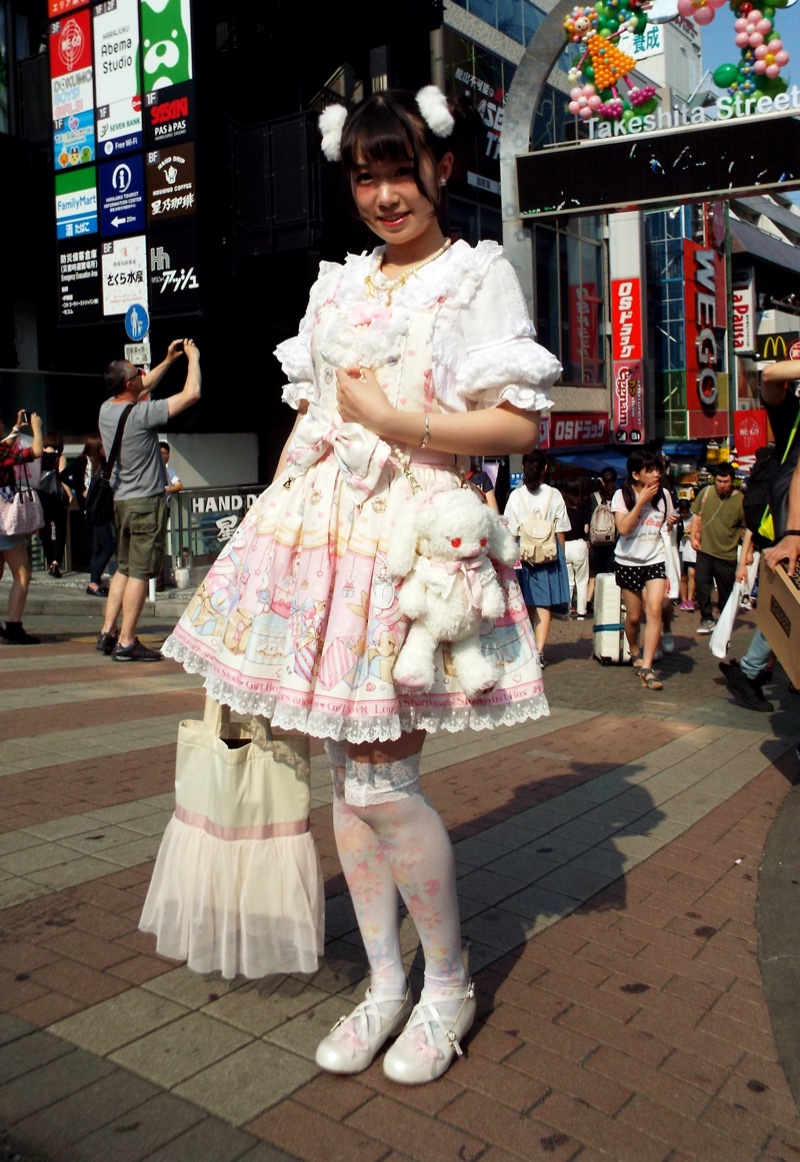
Harajuku’s iconic Lolita fashion blends Victorian and Rococo influences with modern flair. The Sweet Lolita style brings this fantasy to life with a palette of soft pastels, rich lace details, and whimsical motifs.
Gothic Lolita takes a darker turn, incorporating Victorian gothic elements, skulls, and crosses for a mature, edgy look. Modesty is a key element of both styles, with knee-length skirts and structured petticoats ensuring a demure, elegant silhouette.
Decora and kawaii-inspired styles
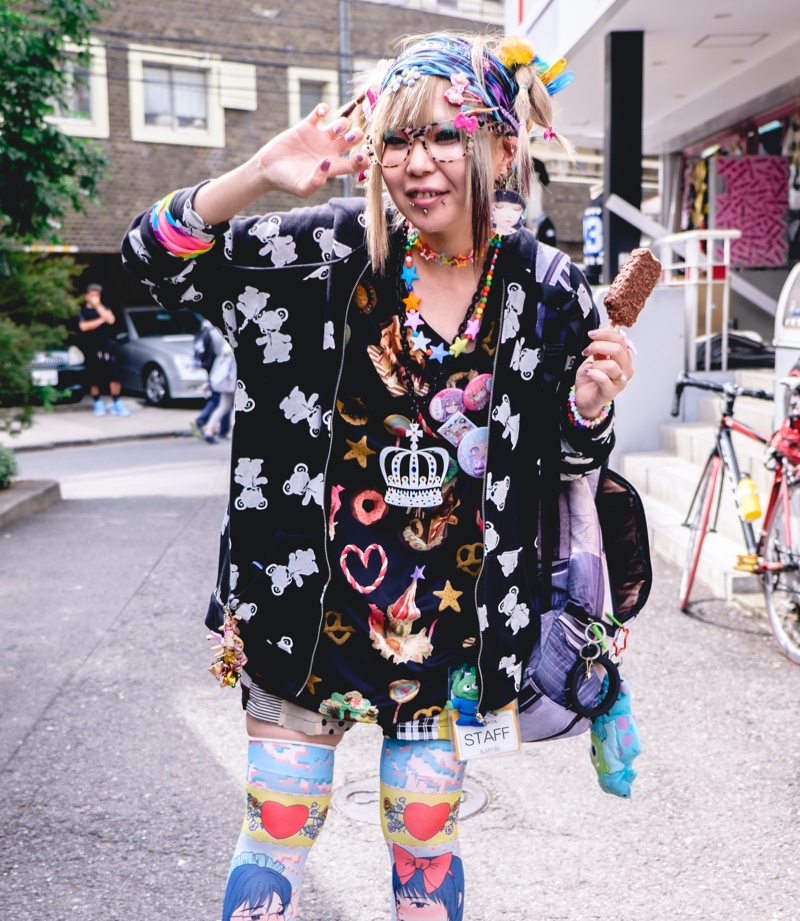
Decora style, short for decoration, is a vibrant representation of Harajuku’s spirit. It is known for its bold layering of colorful accessories such as hair clips, bracelets, and necklaces.
This playful style is deeply rooted in the kawaii culture, which values all things cute and youthful. It’s characterized by the use of bright colors and whimsical patterns to convey a joyful and carefree aesthetic.
Visual Kei and Punk Elements
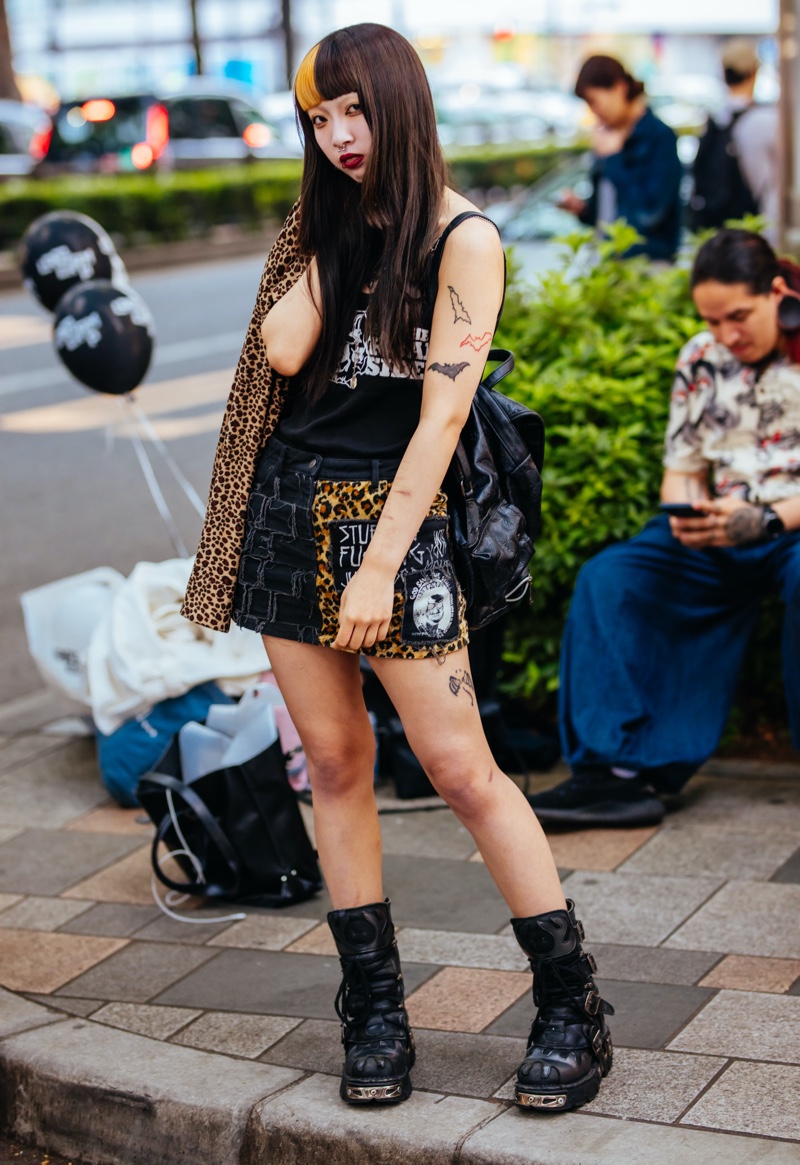
Visual Kei incorporates the dramatic flair of Japanese rock with a rebellious punk attitude, marked by elaborate hairstyles, bold makeup, and androgynous outfits.
It is known for its heavy use of leather, metal studs, and chains, creating an edgy look. It challenges traditional fashion norms, embodying a fusion of music and street fashion.
Gyaru and Ganguro
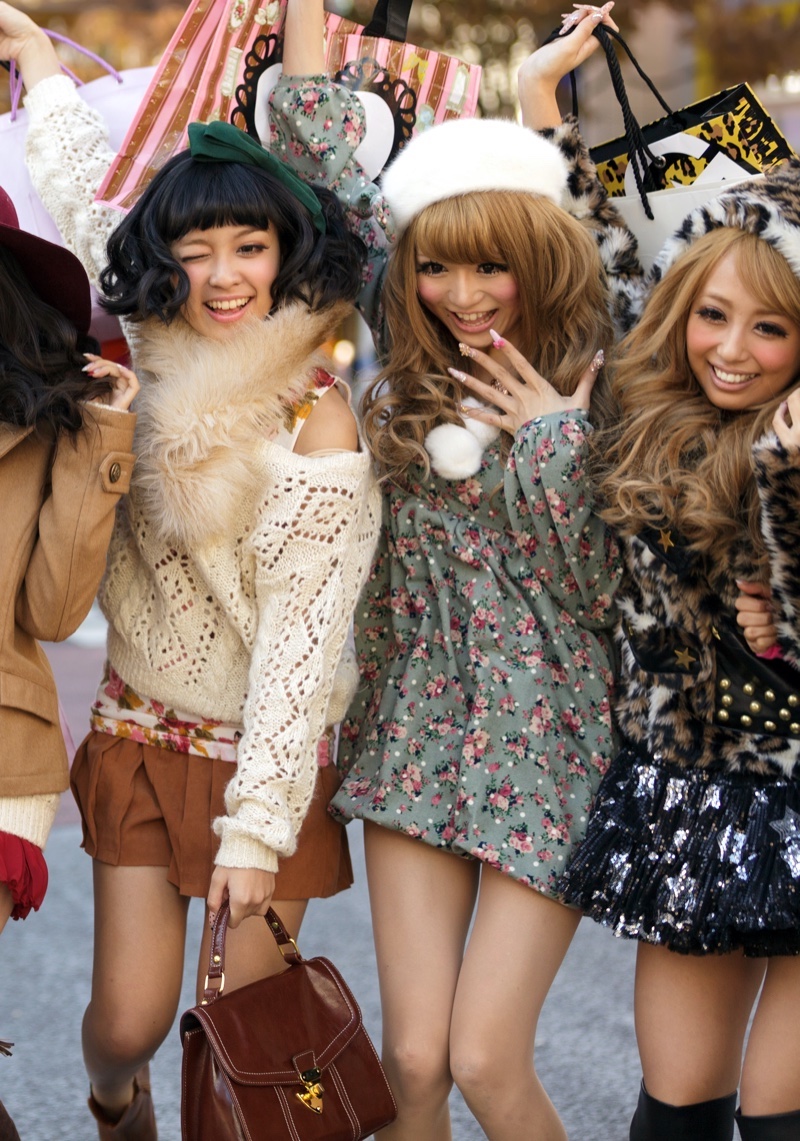
Gyaru fashion focuses on a glamorous, exaggerated style rooted in American pop culture. It features daring makeup, tanned skin, and dramatic hairstyles.
Ganguro, an extreme offshoot of Gyaru, is distinguished by its deep tan, contrasting white makeup, and vibrant hair colors. Celebrating individuality, both styles challenge conventional Japanese beauty standards.
Cosplay Influence on Street Fashion
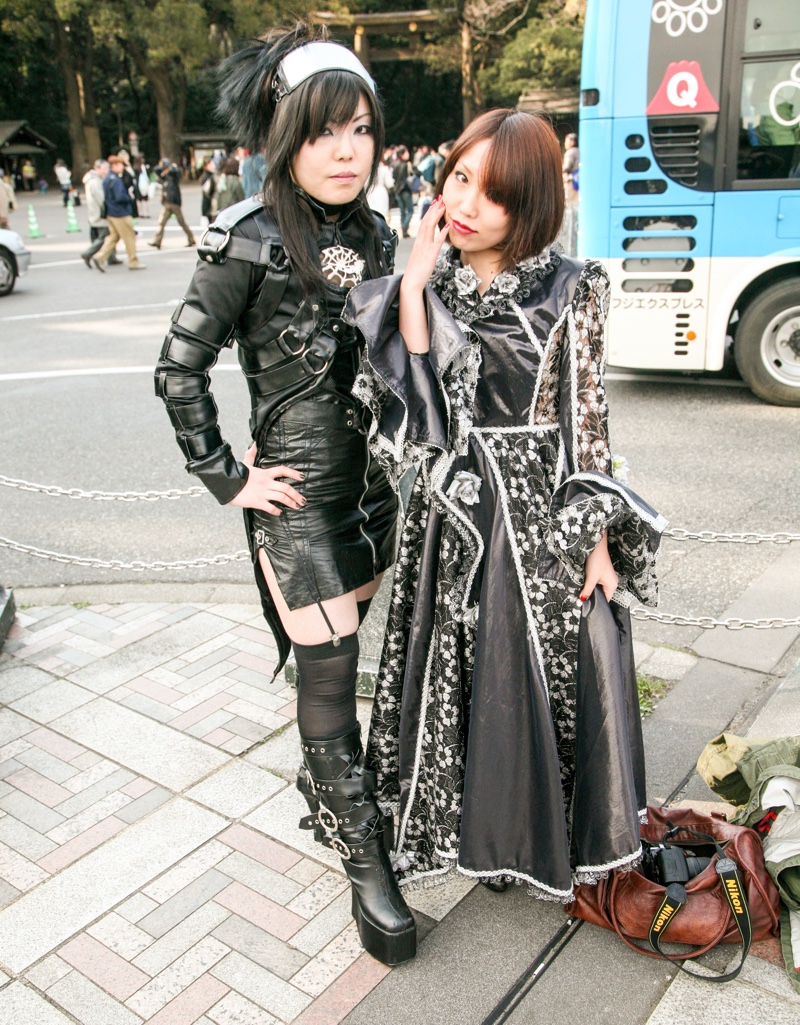
Cosplay significantly shapes Harajuku street fashion by blending fantasy with everyday style. Devotees adopt elements from their favorite anime, manga, or video games, incorporating intricate costumes and detailed accessories.
Elements like thematic clothing and prop-like accessories frequently cross over into daily wear from properties like Sailor Moon or The Legend of Zelda.
Emerging Trends
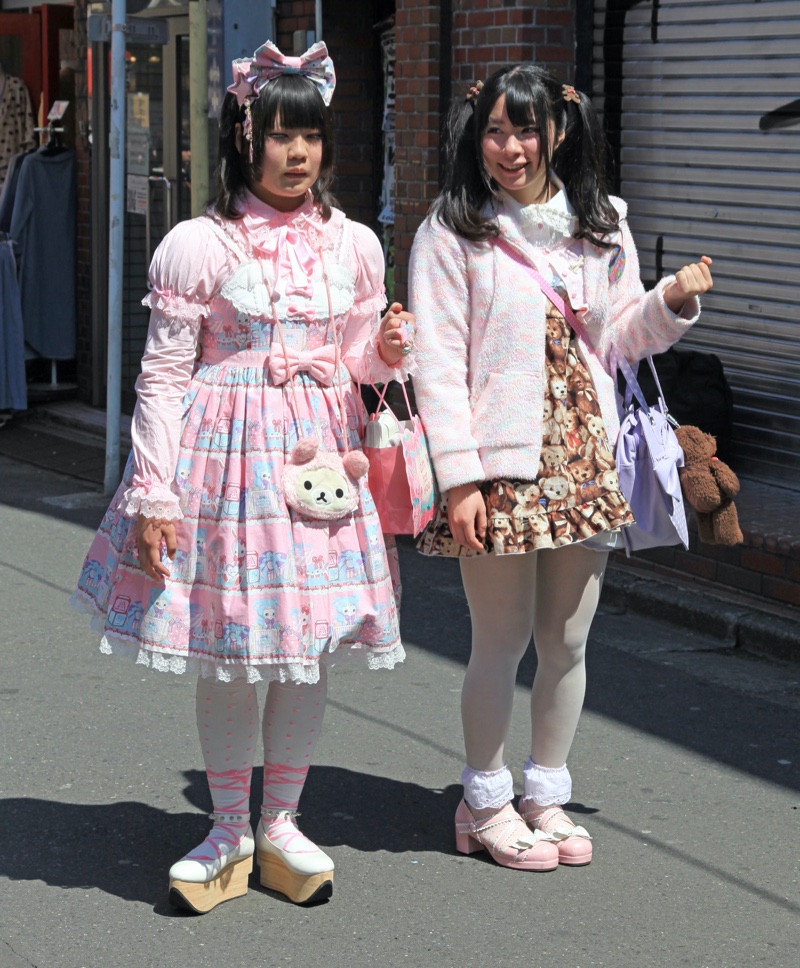
Harajuku’s fashion scene is in a constant state of metamorphosis, giving rise to innovative trends like Genderless Kei, Mori Kei, and Fairy Kei. Genderless Kei boldly redefines traditional gender boundaries by merging masculine and feminine elements, creating a truly androgynous aesthetic.
Mori Kei, inspired by the great outdoors, is characterized by its soothing color palette of earthy tones and loose, flowing garments that exude a sense of tranquility and harmony with nature.
On the other hand, Fairy Kei evokes a sense of nostalgic wonder with its soft, pastel hues and playful references to beloved 1980s children’s characters and motifs.
Key Elements of Harajuku Fashion
Clothing and Layering Techniques
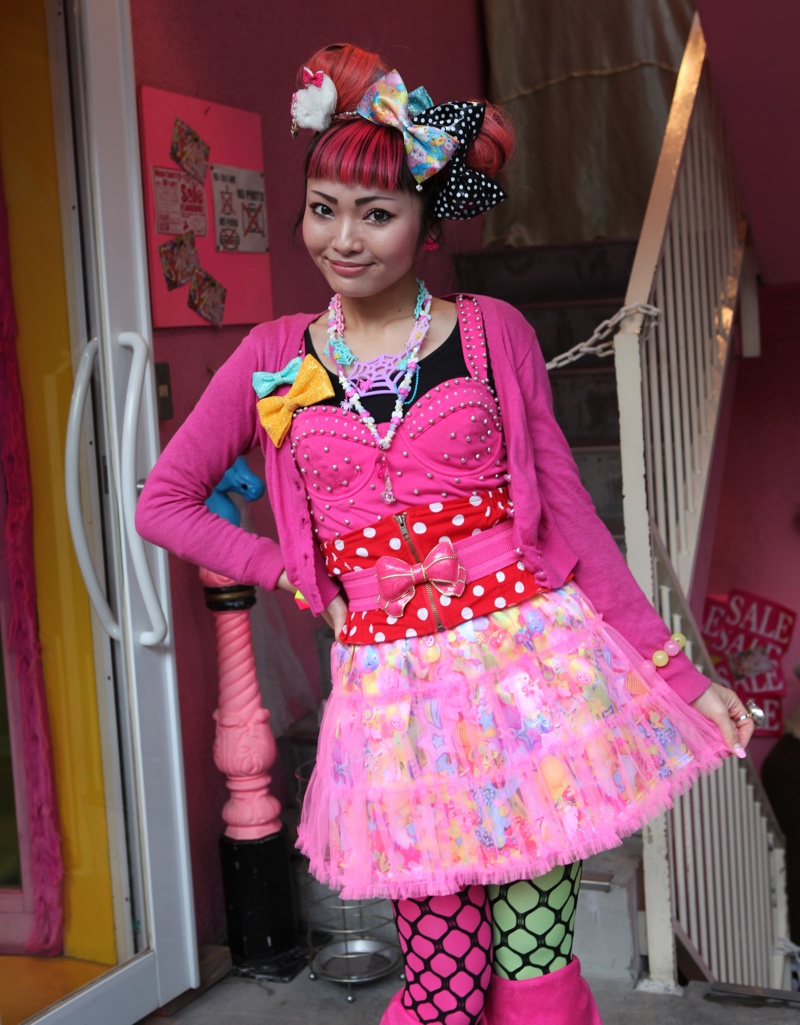
Harajuku thrives on its masterful layering techniques, where enthusiasts playfully mix textures and patterns. From delicate lace skirts beneath bold graphic tees to cozy oversized jackets, this style embraces a dynamic blend of contrasts.
Footwear in Harajuku Fashion
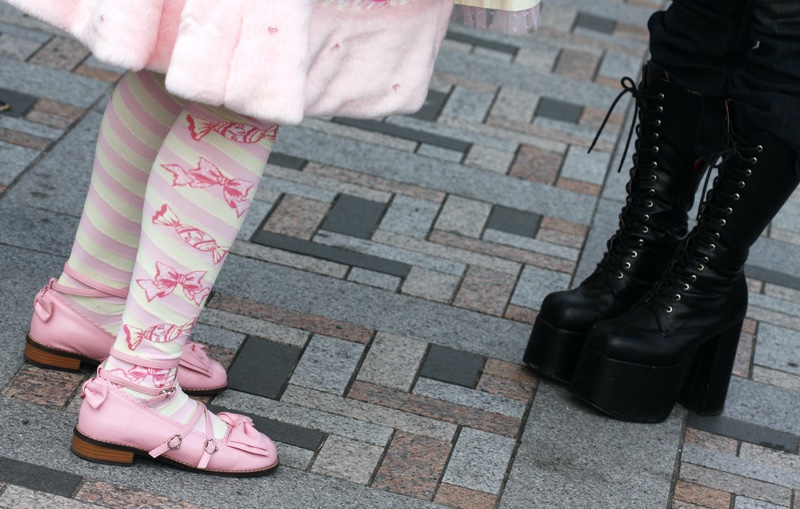
Footwear makes a bold statement with towering platform shoes and vibrant sneakers. These pieces are integral to the overall aesthetic and often serve as the centerpiece of an outfit.
Platforms can be seen in sandals, Mary Jane styles, or chunky boots, while sneakers can be customized to fit different subcultures. Socks are equally statement-making with ruffle and lace accents.
Accessories in Harajuku Fashion
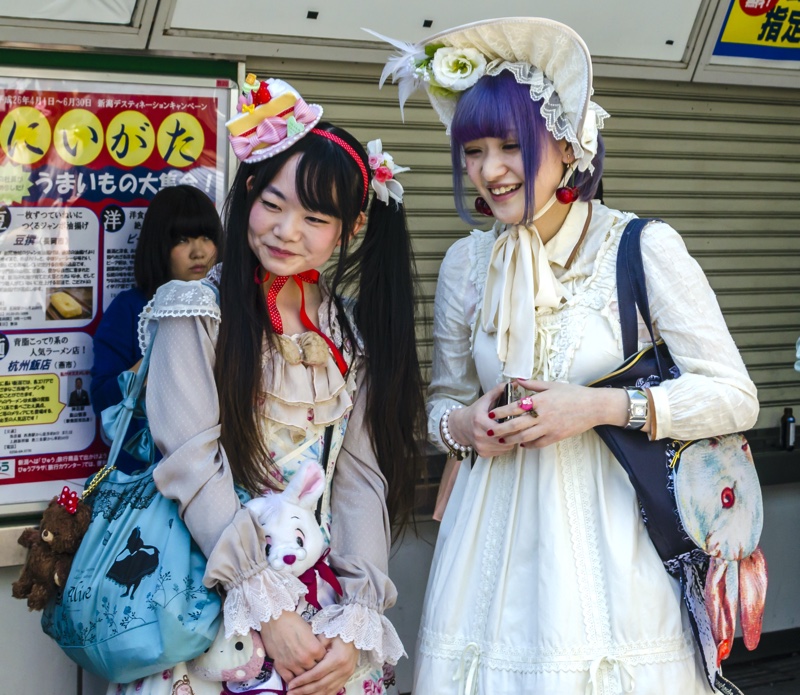
In Harajuku fashion, accessories are central to each look. Wearers express their unique styles through a creative array of hair clips, striking jewelry, and eclectic bags.
Hair clips range from playful cartoon characters to elegant floral designs, while jewelry features bold, chunky pendants. Bags are equally eclectic, from practical backpacks with patches to quirky handbags in unexpected shapes.
Makeup and Hair Styling
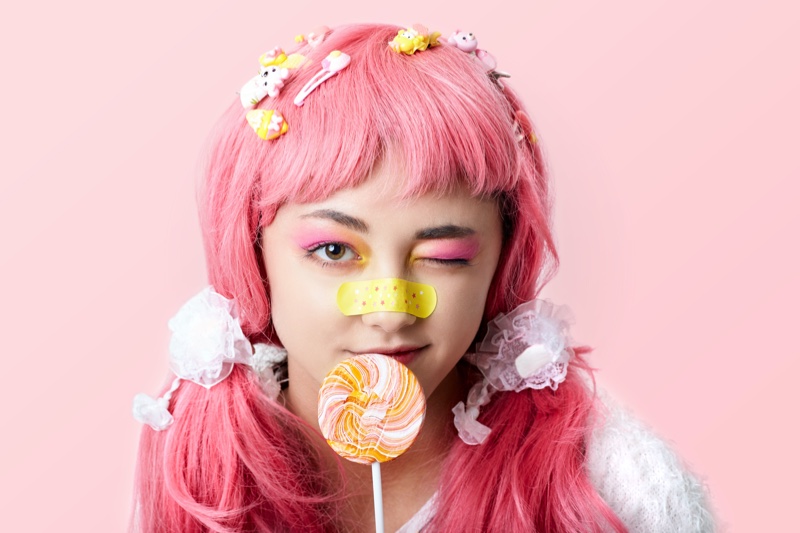
Harajuku embraces a daring approach to makeup and hair styling, with fans sporting vibrant colors and edgy cuts. Hair is often dyed in eye-catching shades of pink, blue, and purple, styled into bold cuts that defy conventions.
Makeup is equally striking, featuring bright lip colors and exaggerated eyeliner that enhance the playful aesthetic. Cheeks often feature bright pink blush with face stickers as playful accessories.
Color and Aesthetics in Harajuku Fashion
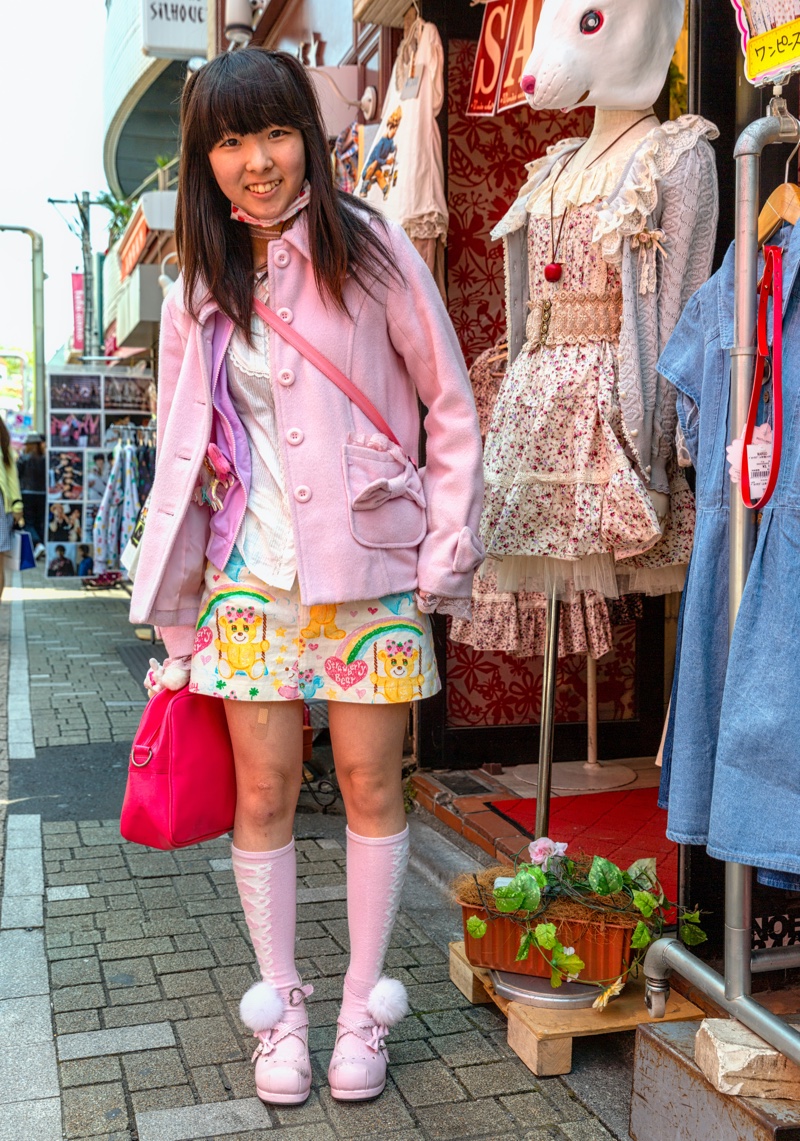
Color and aesthetics are crucial for vibrant self-expression with this aesthetic. The popular color palettes range from soft pastels like baby pink and sky blue to electric neon shades like hot pink and lime green.
There are even dramatic dark gothic tones like deep black and midnight blue. Harajuku’s fashionistas embrace a mix-and-match approach, blending these contrasting styles and colors for a visually striking look.
Cultural Influences on Harajuku Style
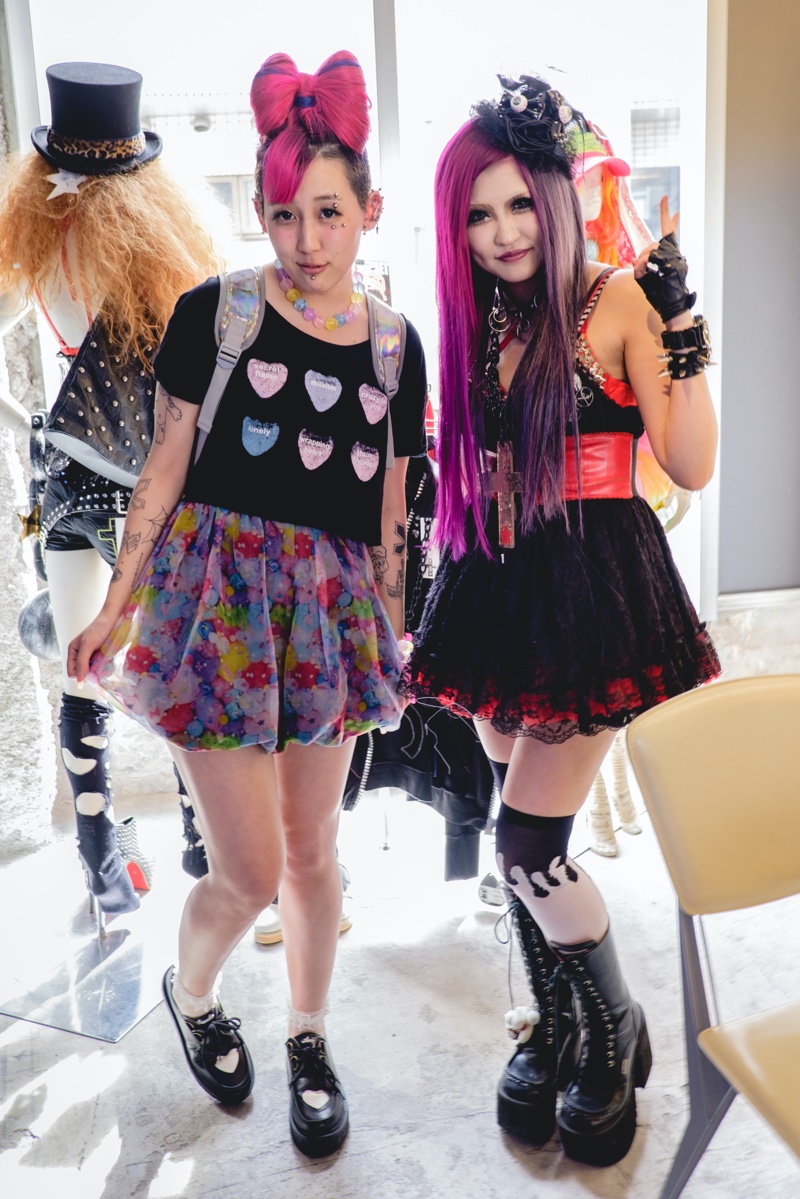
Anime, manga, and pop culture: Harajuku fashion draws heavily from the vibrant worlds of anime and manga, incorporating fantastical elements and characters into clothing and accessories.
Western subcultures: Elements from punk, goth, and hip-hop have seamlessly integrated into Harajuku ensembles, reflecting a fusion of Eastern and Western fashion sensibilities.
Historical and traditional Japanese elements: Motifs like kimonos, obis, and samurai aesthetics are reimagined in modern styles, blending Japan’s rich history with contemporary fashion.
Influence of kawaii culture: The kawaii aesthetic permeates the style with cuteness, playfulness, and youthful whimsy through soft colors, adorable characters, and heartwarming designs.
Shopping and Creating Harajuku Looks
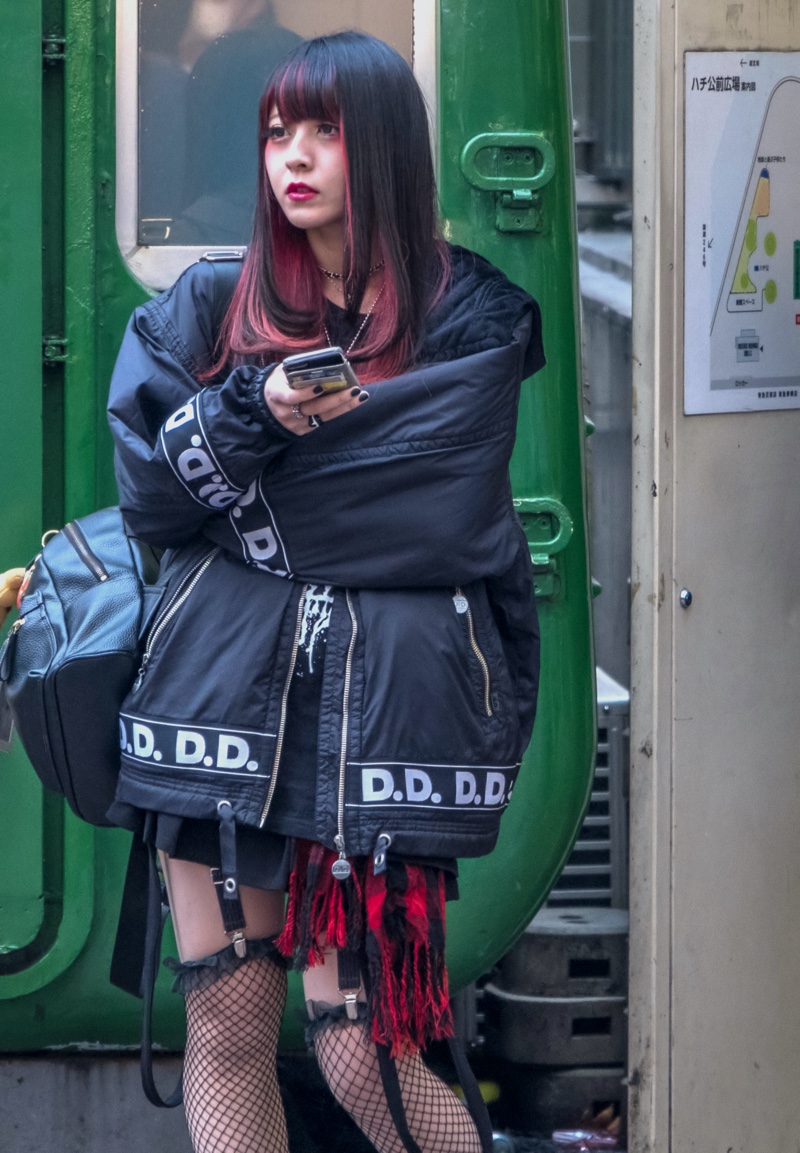
Harajuku is a vibrant shopping paradise and a fashion hub. The district’s famous streets, like Takeshita Dori, are lined with shops offering everything from cutting-edge brands to niche boutiques.
Brands such as 6%DOKIDOKI and Milk provide shoppers with the tools to copy flamboyant district styles, catering to various aesthetic preferences from colorful Decora to chic Gothic Lolita.
Beyond new retail, Harajuku thrives on a culture of vintage and secondhand shops, encouraging fashionistas to find unique pieces that they can personalize. DIY customization is particularly celebrated, allowing individuals to stitch, paint, and accessorize their finds.
Global Impact and Evolution of Harajuku Fashion
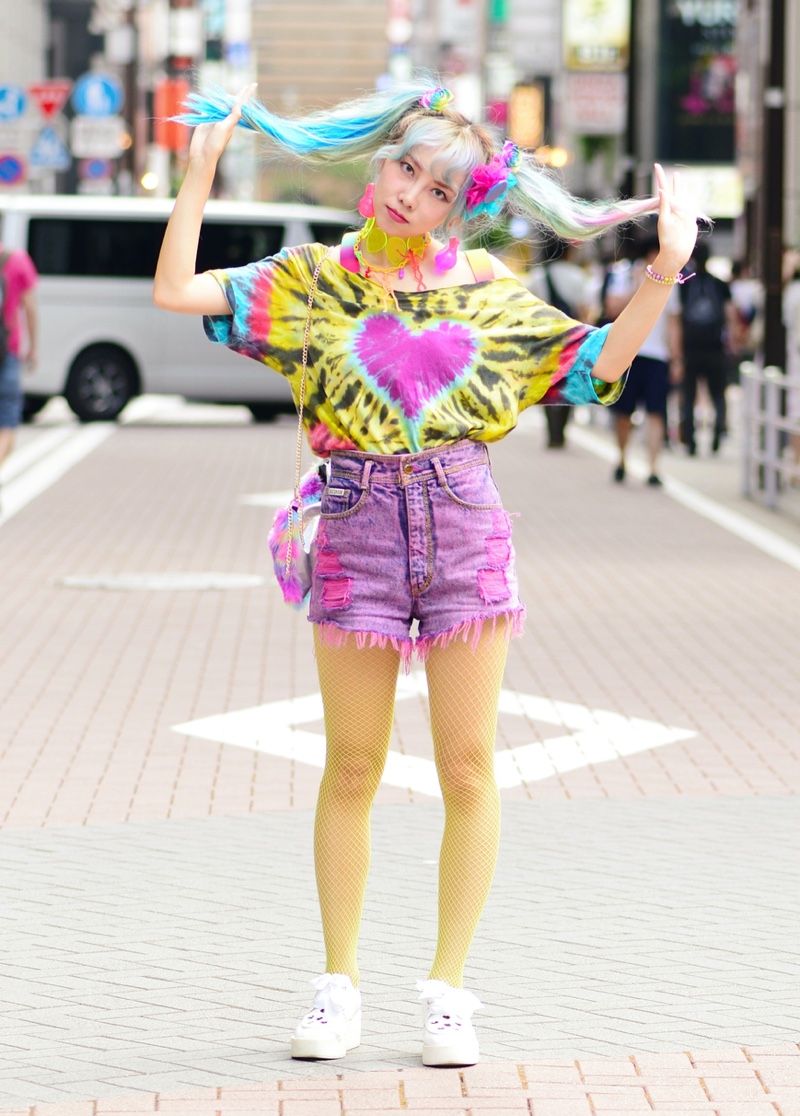
Harajuku fashion has significantly influenced the global fashion scene, captivating audiences worldwide with its vibrant aesthetics and bold individuality.
International designers and enthusiasts have drawn inspiration from its eclectic styles, propelled into prominence by icons like Kyary Pamyu Pamyu and Tomoe Shinohara.
In the digital era, social media platforms have amplified Harajuku’s reach, allowing for the rapid global spread of its most innovative styles. Today, the style continues to evolve, upholding personal freedom and self-expression, and remains a pivotal cultural influence in fashion.
